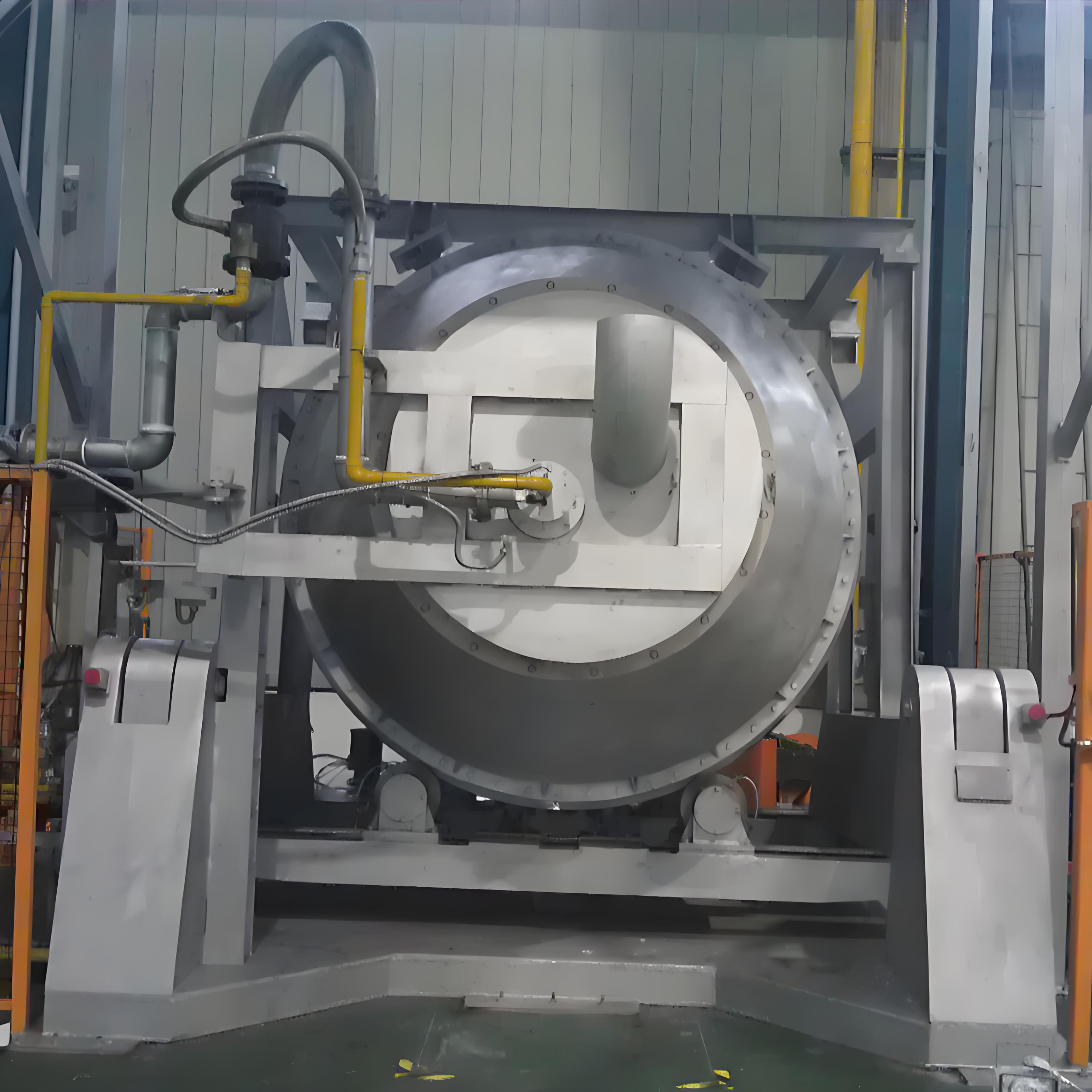NEWS&EVENTS
Home > News&Events > Company news > Can a rotary kiln process low-grade antimony ore or antimony-containing waste?
As an antimony smelting equipment manufacturer, we have long been concerned about the breakthrough performance of rotary furnaces in the field of comprehensive resource utilization. In response to the treatment needs of low-grade antimony ore and antimony-containing waste, the rotary furnace has become the industry's preferred solution with its unique process advantages.

The rotary furnace can efficiently treat lean ore, tailings and smelting slag with an antimony content of less than 5% through dynamic roasting technology. Its core advantages lie in three points: First, the material adaptability is wide. By precisely controlling the temperature gradient and redox atmosphere in the kiln, antimony sulfide, antimony oxide and sulfur-oxygen mixed ore can be treated simultaneously; second, the recovery efficiency is significant. The practical data of a certain factory shows that when the Φ3.2×50m rotary kiln treats antimony slag containing Sb12%, the daily processing capacity reaches 200 tons, the antimony recovery rate is stable at more than 92%, and the product purity reaches 99.5%; third, the environmental protection benefits are outstanding. The supporting flue gas purification system can achieve SO₂ and particulate matter emissions that meet the standards. The kiln slag can be recycled as a building material raw material after toxic leaching detection.
In view of the characteristics of low-grade raw materials, we optimized the coal blending amount and material particle size control process of the rotary furnace, inhibited kiln ring formation by adding limestone, and used multi-stage bag dust removal to improve condensation efficiency. In the future, we will further develop oxygen-enriched combustion technology to reduce unit energy consumption and help enterprises achieve a win-win situation in economic and environmental benefits.